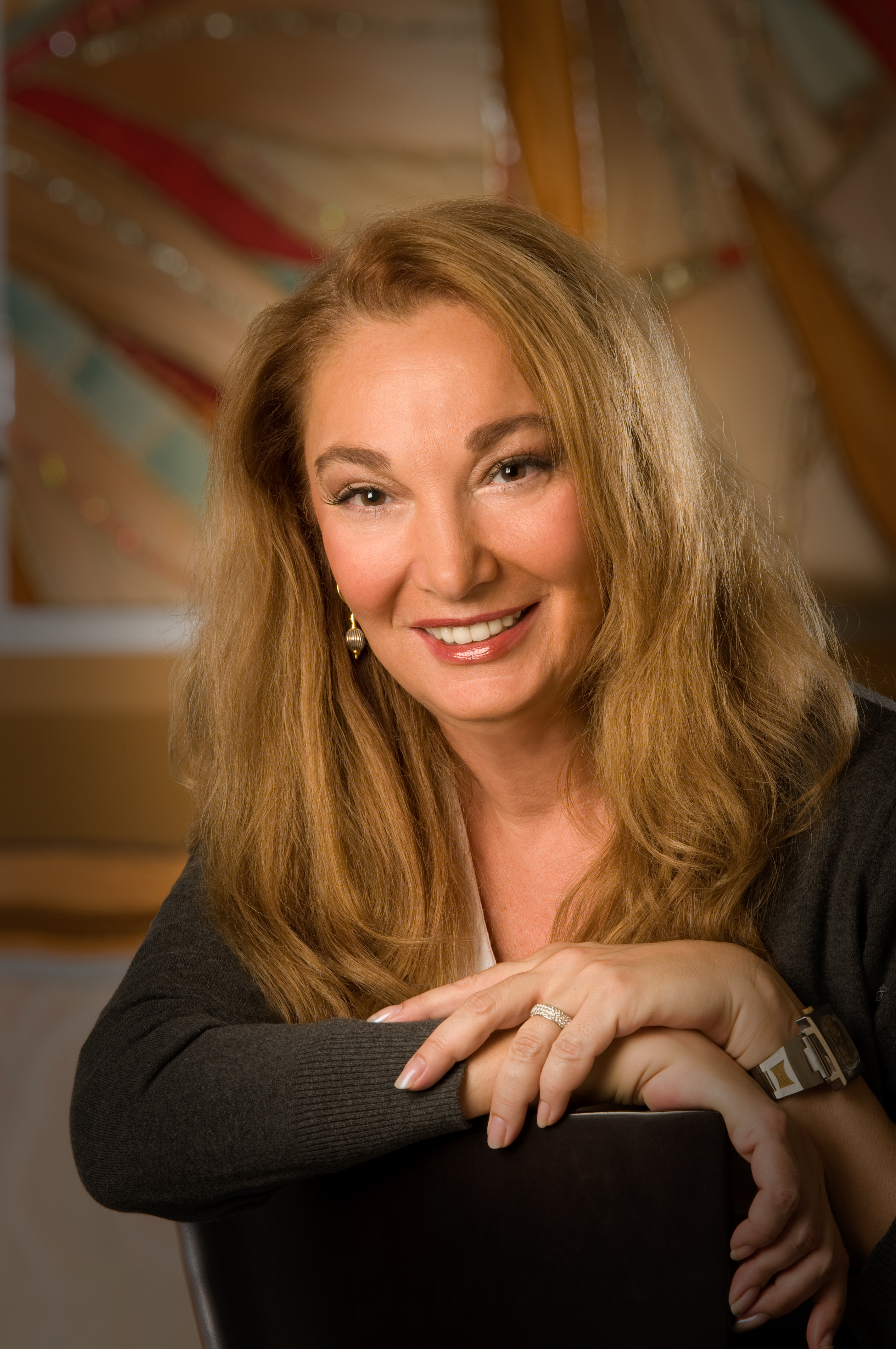Another residential tower could be coming to the Quay Sarasota site along the bayfront.
On Wednesday, the city’s Development Review Committee reviewed plans for Bayso, an 18-story, 150-unit building slated for the south end of the property at U.S. 41 and Fruitville Road. Units in the building will range from 1,600 to 4,000 square feet, with prices starting at $800,000.
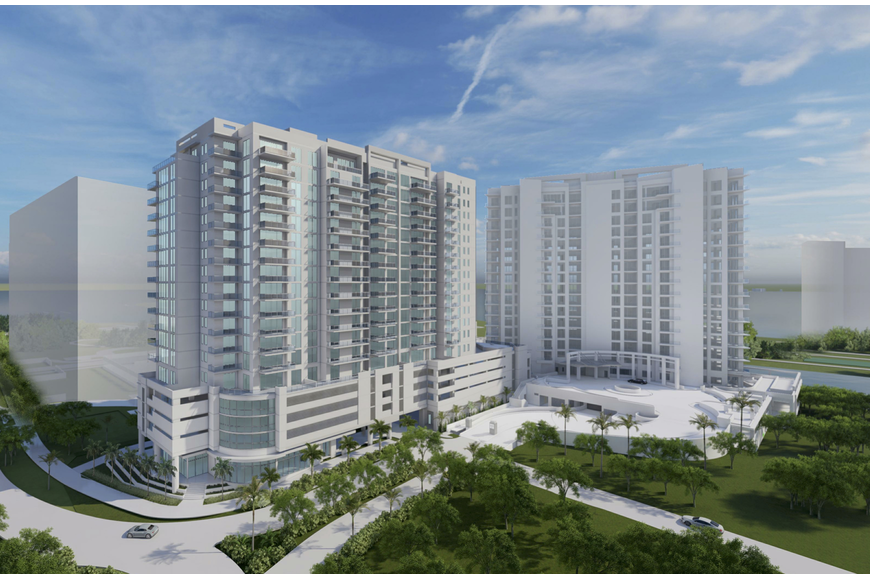
City staff offered some technical feedback to the initial site plan at Wednesday’s meeting. Planning Director Steve Cover was mostly positive about the proposal and encouraged the developer to consider more ambitious designs for landscaping and screening the building’s parking garage.
“You really have an opportunity to do something spectacular here, since this is part of the main entrance to the Quay site,” Cover said.
The Kolter Group is the developer behind the Bayso project. The Kolter Group is responsible for another high-rise on the Quay site: The Ritz-Carlton Residences, an 18-story, 73-unit building on the waterfront north of The Ritz-Carlton, Sarasota. Kolter also developed The Mark, an 11-story mixed-use project at State Street and Lemon Avenue.
“We think we’re very well positioned in terms of size of our units and price point,” Kolter Urban Regional President Brian Van Slyke said. “Some of our competition in Sarasota is offering larger units for sale, but we think we’ll be filling a need in a currently underserved market.”
In February, the city’s Planning Board approved plans for a 12-story building with 241 apartments and 12,750 square feet of ground floor retail on blocks two and three of the Quay site, which fronts U.S. 41 north of Fruitville Road.
Sarasota Observer June, 2020
 Across the country, home prices remain on an uptrend, escalating in 94 percent of major metropolitan markets, according to the latest National Association of REALTORS®
Across the country, home prices remain on an uptrend, escalating in 94 percent of major metropolitan markets, according to the latest National Association of REALTORS® 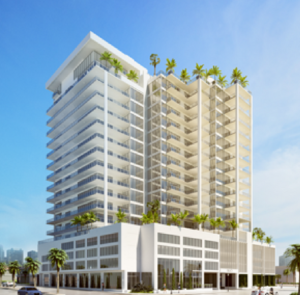 Luxury Home Price Report
Luxury Home Price Report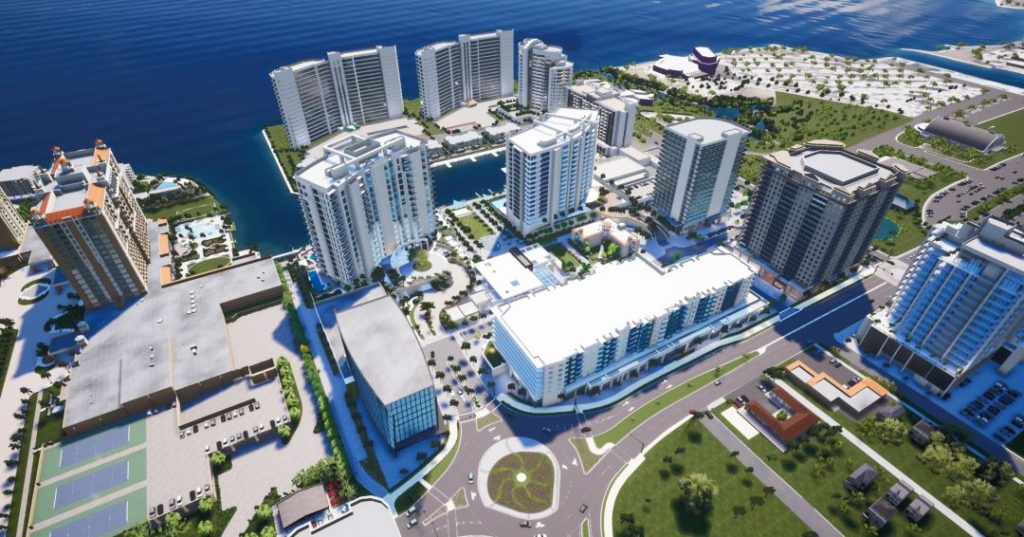 With nearly 700 high-end residences and more than 200,000 square feet of commercial, retail and restaurant space spread over 15 acres, the Quay Sarasota project has the potential to shift the very epicenter of downtown Sarasota.
With nearly 700 high-end residences and more than 200,000 square feet of commercial, retail and restaurant space spread over 15 acres, the Quay Sarasota project has the potential to shift the very epicenter of downtown Sarasota. After wild swings before and after the economic downturn, home prices are inching closer to their pre-recession peaks in the Sarasota-Manatee County region.
After wild swings before and after the economic downturn, home prices are inching closer to their pre-recession peaks in the Sarasota-Manatee County region.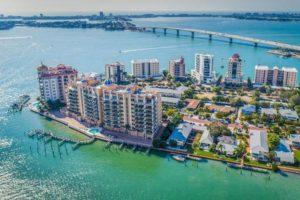 Sarasota
Sarasota
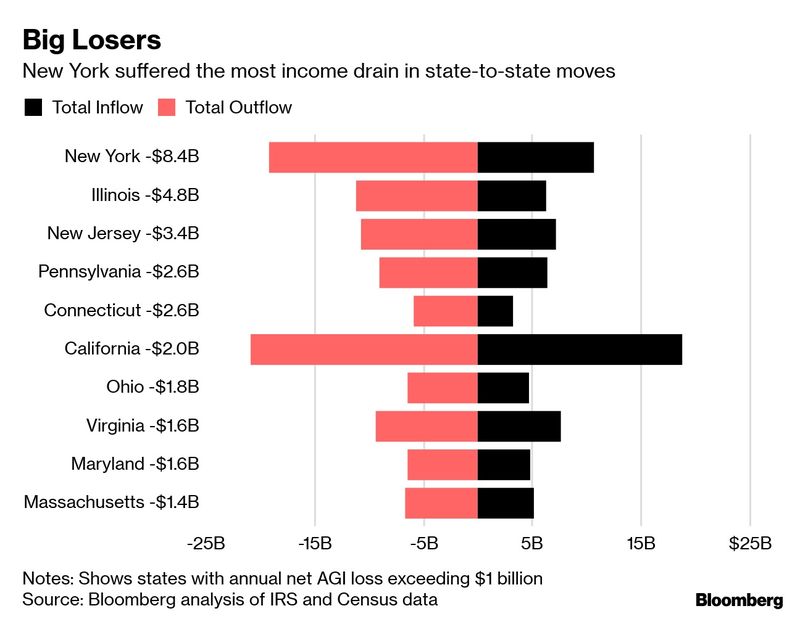
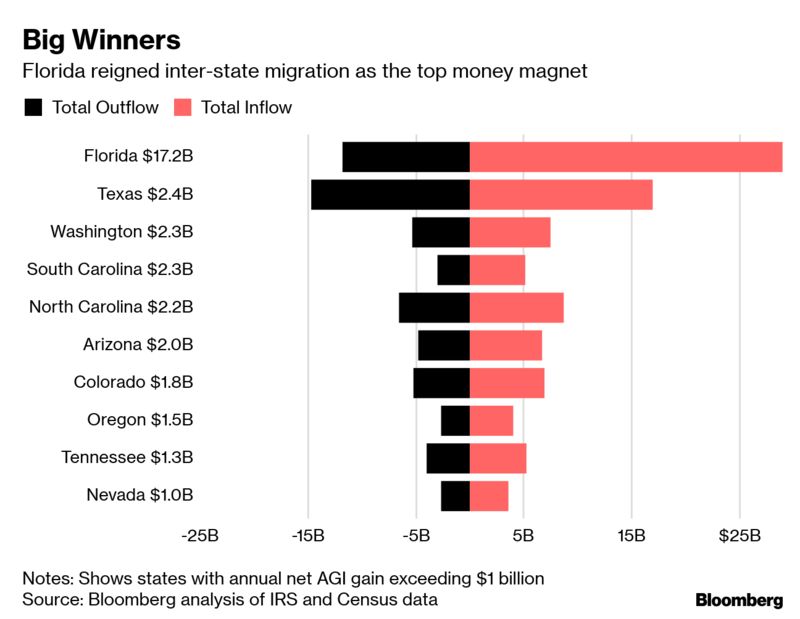
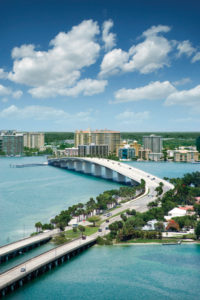
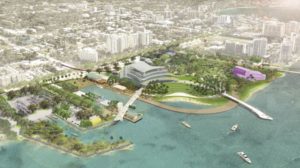 Bay Park Conservancy plans to build out the bayfront project over the next 15 to 20 years.
Bay Park Conservancy plans to build out the bayfront project over the next 15 to 20 years. Rosemary District’s Bayside Club has started preconstruction sales
Rosemary District’s Bayside Club has started preconstruction sales